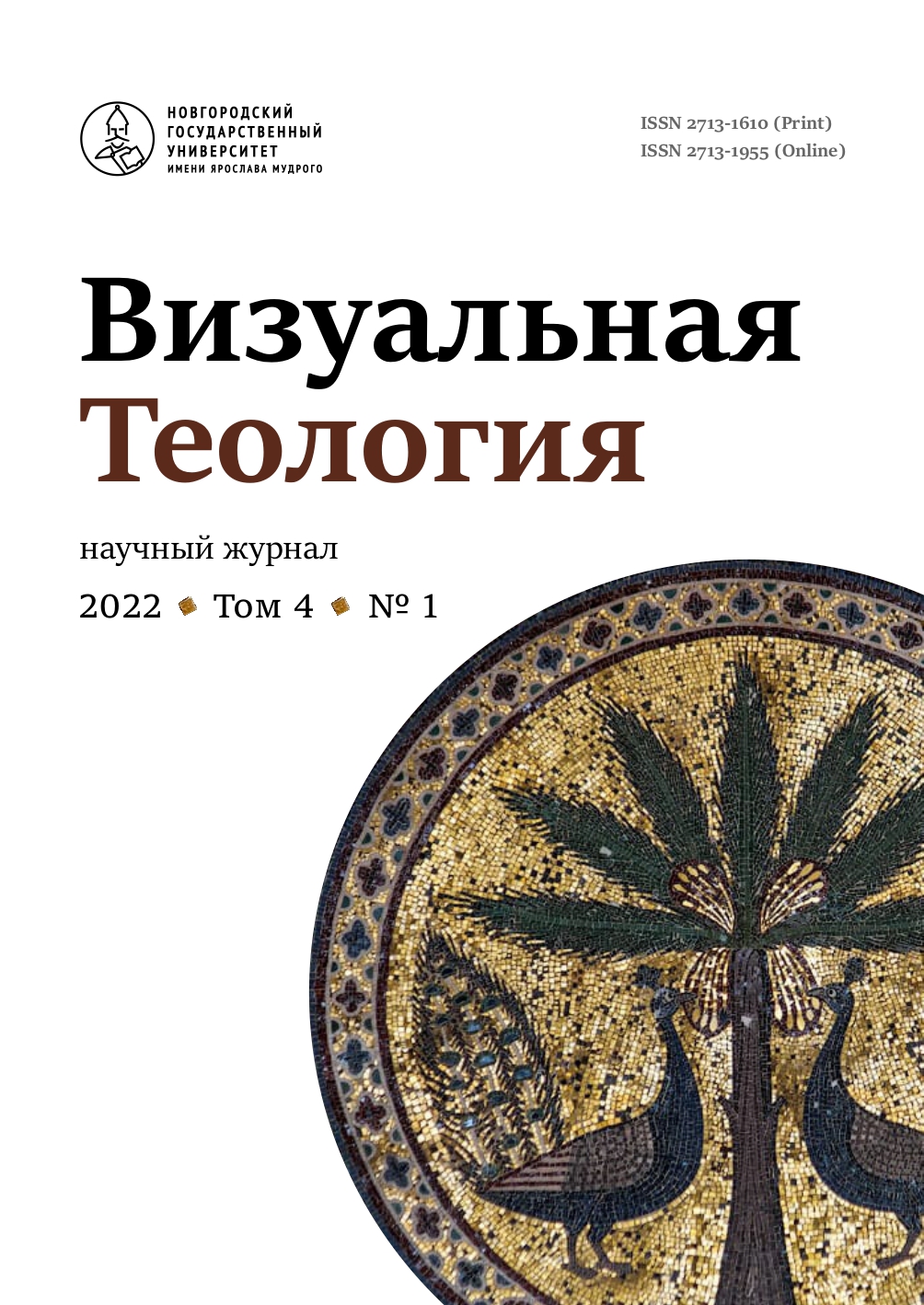Topology of the Religious: Text, Memory, Space
Abstract
The conceptual solution of the question of religious topic leads the researcher to understand topos as a “spatial” unit of culture including spiritual content, and as a form striving to transcend itself. In patristic writing we find information about the structure, form and content of the biblical topic. The religious topos that combines the existential meanings of two traditions – the Old Testament and the New Testament – is reflected in the commemorative motives and practices of remembrance. Hagiographic topic appears as a spatial model in which topos has axiological orientation. The plot of the Christian deed is distinguished by special spatial characteristics: it is an attempt to establish a “consecrated place” – the topos of finding hope or such a topological route that unfolds itself in a soteriological perspective. The topology of asceticism is characterized by the initial stage of the absence of a place and a name for the hero. The image of the ascetic presented in the text of the life acquires a name associated with the place of his feat, and under this name the ascetic himself becomes the content of the topos. If a saint moves in geographical space, his topos is exposed as the embodiment of the mythologeme of the path. Stolpnichestvo (stylite’s practice) – through the hagiography and the icon – denotes the physical vertical, which represents the topos of the exaltation and spiritual transformation of the temporal into the eternal. As separate representations fixed in religious discourse, the images of memory appear as an evidence of the efforts of mankind aimed at acquiring a cultural form. The spiritual content that fills the topos is structurally expressed in the ratio of the transcendent and immanent. The event of the deed, localized in the cultural space, opens up a new world for the person involved, becoming a witness. The appeal to the topos, the event and witnessing are ways of searching for stable existential foundations and constants in the field of anthropological knowledge and the resource of cultural identity.



